Many assume that crustaceans, as invertebrates, are incapable of feeling pain. Yet anyone who has ever seen live crabs dropped into boiling water knows that the reaction can be quite violent. They move around vigorously as if trying it escape and “squeal” as if begging to be freed.
We know that the “squealing” is actually the result of air escaping from their shells (crustaceans don’t have vocal chords). And, based on the relative simplicity of the crustacean nervous system, the physical reaction was often assumed to be merely a reflex response with no feelings of pain attached.
The weight of scientific evidence now seems to suggest otherwise. Studies at the University of Belfast on pain in prawns and crabs have provided further evidence that crustaceans do in fact feel and respond to pain. Whatsmore, it seems that they remember pain – not only reacting instantly to it but later going to lengths to avoid the causes of past pain.
Personally I would rather err on the side of caution. It takes no extra effort on my part to use a humane method. And besides it’s the method used by restaurants because it tastes better!






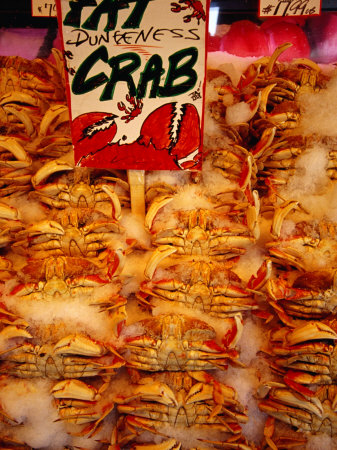
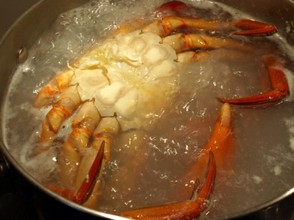
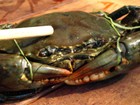
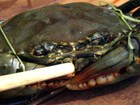
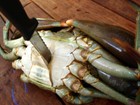










 Cambodian recipes: A Seafood Feast from Kepon 03/16/2012
Cambodian recipes: A Seafood Feast from Kepon 03/16/2012
 The Australian “Hamburger-with-the-Lot”on 02/12/2012
The Australian “Hamburger-with-the-Lot”on 02/12/2012
 Travel toiletries: pack light, pack greenon 02/05/2012
Travel toiletries: pack light, pack greenon 02/05/2012
 Local travel experiences in Cambodiaon 06/26/2011
Local travel experiences in Cambodiaon 06/26/2011


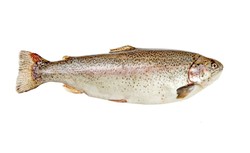
Comments
In response to someone else who posted here about steaming being a humane method: I have my doubts. I steamed some crab last week, and when they went into the pot, they scrambled about, and tried to climb out of the pot by scurrying up the rounded edges of the steamer. It was quite sad to see, and I deeply regretted not researching beforehand for a more humane method of dispatching them. If it's true that they cannot sense heat (which I doubt is true), then they wouldn't have reacted to it like that, since they were very calm when they went into the pot (before it warmed up.)
Thanks so much for this blog post. I've read elsewhere that destroying the two nerve centers is a more humane way to kill crabs, and I'll be trying it tonight.
IF you are concerned about your dining guests eating tough crab meat, wouldn't you freeze the crabs for 5 to 6 hours first, and then de-nerve them?
Makes sense to me, and I have always tried my bst to create the best tasting dishes!
Same as with all animals, we do not want the muscles to be infused with all the chemicals of fear, like adrenaline, and muscle contractants! Many of us also prefer spear fished marine creatures, which taste better than those taken in nets or on hooked lines!
Excellent article.A combination of sensitivity and pragmatism. I note that you have written 9 articles in three years.That's not much for a good writer. Let us have more from you. You are good enough.
Cooked my first crab today at the ripe old age of 41. Had done a lot of research on the net if the most humane way to kill it as this was always the step that put me off.
One hour in the freezer and turned on its back it seemed pretty dead, but got a shock when i peeled back the tail for the knife plunge as it started moving. I am afraid i went ahead and put it out of its misery with a knife to the hole under the tail. Then it was straight to the pot of readily boiling water... It moved a bit but stopped pretty quickly..
Next one will be freezer for at least two hours and then severing the two nervous centres as you describe. Many thanks for your post!
The killing part isn't pleasant but in the other hand as a meat eater i sure i gave the crab much more respect and thought about its demise than all the processed shrink wrapped meat i buy in the supermarket.
Plus it tasted absolutely fantastic and would eat in preference to meat any day..
wow, my mom always had steamed them alive... i feel so guilty now! but my mom steamed them in one piece. i read somewhere if you steam/boil them they instantly die? i love crab, but knowing society hates people like me who just cook the crab live, i feel kinda sad. but next time, i'll try to convince my mom to freeze them first :) thank you!
amazing page.. a complete eye-opener..
i think choosing the most considerate method for turning a living animal into a food product is important. and keeping this as the top reasons, we can also think secondarily about the meat losing its quality with the boiling water method.
[and by the way, your page made me read in detail about crabs - crustaceans - arthropods - exoskeletons - fossils and finally pangaea; can you believe it!?]
I like to remove the crabs eyes while it is alive and then pull the legs off one by one until it's just a pile of shells, then I drop it in the boiling water to finish it off. I guess I am a crab genitorturer.
RainDefence I did wonder if I should put a rating or warning of graphic content at the top of the page!
And to those of you who don't think you could kill one, I do understand. I confess that I felt more than a little discomfort about publishing an article entitled "How to kill...". I don't think it feels entirely comfortable to kill a living being of any kind (oh except mosquitoes, I do that without even thinking!)
Thank you for your comments.
Great question Sam! Many crabs actually die in the freezer - but not all and as far as I know there is no way to tell whether they are dead or just comatosed so you always need to follow through with the next step. Presumably they would die very quickly after being thrown into boiling water. The RSPCA and other humane societies state that rapid destruction of the nerve centres is the only humane method apart from electro-stunning (which requires a specialised machine). I can only assume that this method is more instant than boiling water - though the time difference may be negligible.
I am wondering, would it work to first put the crab in the freezer for several hours (six or more) and then drop it directly into boiling water? Would save the operation and I guess / assume that they are cooked before they come to their senses again? Or am I wrong?